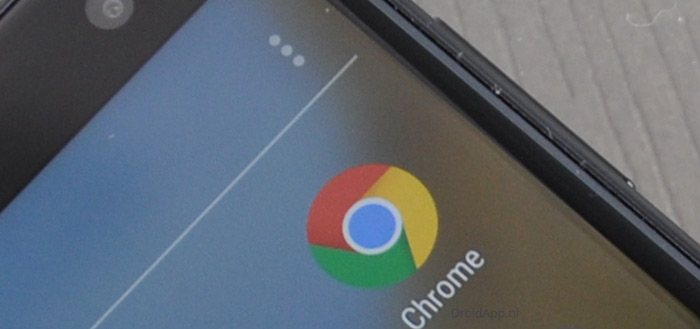OnePlus 9 Pro artificially limits performance in apps, here’s what’s going on
The OnePlus 9 Pro limits the performance of the Snapdragon 888 in certain apps. The phone therefore still performs very well in benchmarks, but less well in daily use. OnePlus wants to improve battery performance if possible.
OnePlus 9 Performance
The OnePlus 9 and OnePlus 9 Pro are among the fastest Android phones you can find, thanks to the power of the Snapdragon 888 chipset. Despite the fact that these are two extremely powerful phones, it is precisely Qualcomm’s powerful processor that performs less well on the OnePlus 9 Pro compared to what is in fact possible.
At Amandtech, they investigated the performance of the phones when it turned out that the OnePlus 9 Pro works less quickly in apps compared to the Samsung Galaxy S21 Ultra and Xiaomi Mi 11. You only notice the small differences if you use the devices side by side. and then compare apps.
It is striking that the OnePlus 9 series performs less well than other top devices with Snapdragon 888 because the phones are among the absolute top in benchmark tests. You might therefore think that OnePlus is manipulating benchmarks, like some other brands do, by boosting performance during such tests, but in reality it turns out to be the other way around.
OnePlus Performance Service
The devices run software called ‘OnePlus Performance Service’. It is a so-called cpu scheduler, that is a tool that determines the functioning of the processor in apps. That such a tool exists is not surprising in itself, but the way it works with the OnePlus 9 Pro is.
Findings from Amandtech show that OnePlus artificially reduces the performance of the processor in a range of popular apps: from Chrome, WhatsApp, Twitter and YouTube to OnePlus’ own apps. Simply explained: The smartphone processor assigns fewer tasks to the powerful Cortex-X1 prime core than it normally would, and in such cases the less powerful processor cores have to do more work.
Possible explanation
It is currently not clear why OnePlus chooses to reduce the performance of its phones, but the most logical explanation would be to improve the battery life on the phone. The OnePlus 9 Pro uses a display with a 120 Hz refresh rate and it also has a high QHD resolution. That makes it a big consumer, even with the LTPO screen for a variable refresh rate.
Benchmark site GeekBench considers the operation of the OnePlus Performance Service to be a form of benchmark manipulation, and the results for the OnePlus 9 Pro and OndePlus 9 can no longer be found on the website. GeekBench announced that on Twitter.
=https://twitter.com/geekbench/status/1412433598200823810″ data-service=”twitter”>
In our review, we did not notice the reduced performance with the OnePlus 9 Pro, and it is therefore about minor differences with the other top devices. We have asked OnePlus to comment on the findings. We’ll update this article as soon as we get a response from the brand.
What do you think of this OnePlus Performance Service? Is it a good thing that OnePlus manages to improve battery performance in such a way, or do you think the brand can communicate better about this? Let us know in the comments at the bottom of this article.



